The Aboriginal culture came before the pyramids and goes before Stonehenge. It is older than the Acropolis itself. It can be dated back to more than 50,000 XNUMX years, and is one of the oldest that exists to date. Although there may have been cultural traditions before that, this is one of the only ones that can still be experienced. If you are planning to visit Australia, it may be a good idea to hire an Aboriginal guide to take you on a tour of ancient culture. Getting to know the Australian Aborigines is the first and perhaps most important step in getting to know the country.
Are you one of those travelers who always wants to experience new things in life? Then I welcome you to a world of ancient traditions married to modern technology. Past, present and future all come here to show a unique range of cultural diversity.
Indigenous Australians
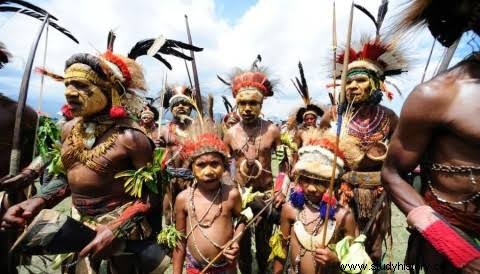
Australian Aborigines are considered to be the world's oldest surviving culture. Although times may have changed and modern technology may have penetrated, the spirit of the traditions still survives.
Aborigines in Australia are believed to have existed for more than 10,000 XNUMX years in the country. To an outsider, the indigenous people may seem somewhat secluded and uniquely separated from each other. The truth could not be further away. Aborigines in Australia prefer to define themselves as different shades of the same spirit. For example, you can distinguish the Aborigines in Tasmania and Queensland as distinctly different from each other.
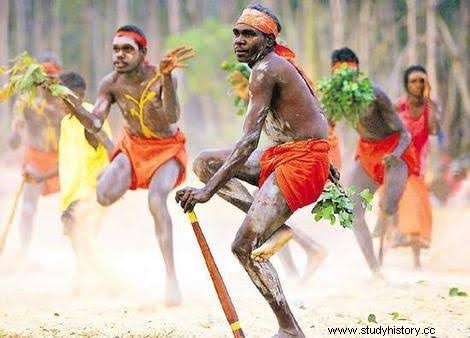
While the Aborigines themselves can define themselves as different in appearance, but branches of the same tree. Aboriginal culture can be considered as one of the most remarkable things about Australian tourism. The fact is, however, that just under four per cent of Australian society can be considered indigenous. This means that you can not be sure of getting the chance to interact with First People of Australia. Planning your trip in advance, highlighting the relevant travel hubs, is the best way for you to move forward.
Australian Aborigines and the flag of Torres Strait Islander
Two flags symbolize the indigenous people of Australia. Harold Thomas designed the first one back in 1971. The three colors on the flag show different things.
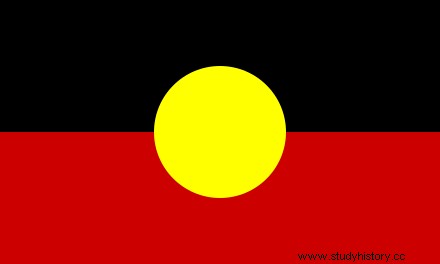
Red symbolizes the earth, the sun is symbolized by the yellow circle, and finally, the black depicts the indigenous people themselves. In 1992, Mr Bernard Namok designed the second, known as the Torres Strait Islander flag. The design of the flag involves three panels that are arranged horizontally. The color choice has green both at the top and bottom which shows the land and blue color shows the sea that separates the two. Narrow black stripes that separate the color panels denote the indigenous people. The conventional diadem of the Strait of Torres is known as a "dhari".
A white dhari is inserted in the middle of it all. The white five-pointed star depicts the peace between the five island factions involving the Strait of Torres. To learn more about the fun facts about the Torres Strait Islander flag and Aboriginal culture, learn more here.
Australian Aborigines and their connection to the country
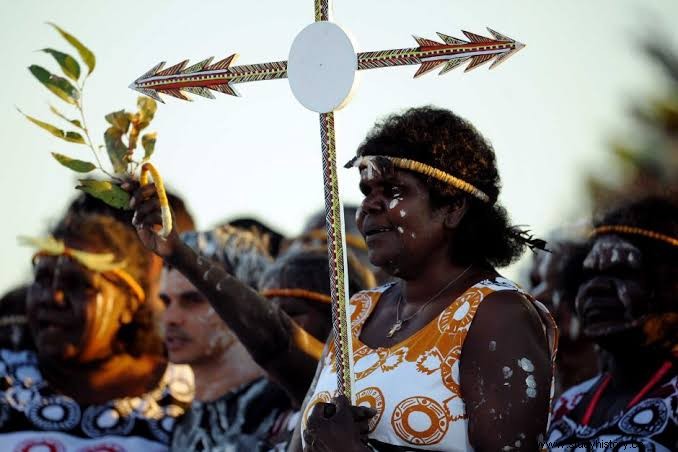
If there is one aspect that distinguishes the Australian Aborigines, it is their love and deep connection with their country. The indigenous people who live in different parts of the country also define themselves differently. For example, the indigenous people living in the area surrounded by the sea will most likely define themselves as saltwater people. But if you go to a place near rivers, these people will define themselves as freshwater people.
If you go further inland to the desert areas, the indigenous people around the area will define themselves as "desert people".
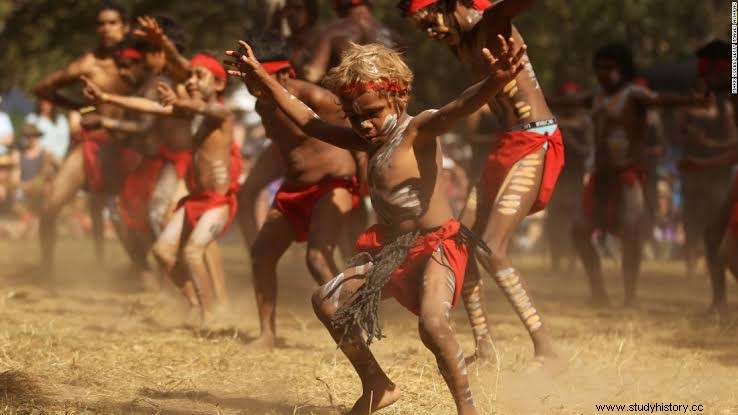
Instead of trying to stand out on their own, they let the habitat define itself instead. It is quite important to understand for any person, whether a foreigner or just an outsider of this culture, that the indigenous people of Australia are extraordinarily proud of the country. Try to show respect for their mindsets and traditions.
There are many myths about the connection between Australian Aborigines and their countries. But if you interact with the people yourself, the concept can be quite different. Their ancient traditions believe that the spirits of the ancestors who led the indigenous people in antiquity appeared from the ground and the sky. Rather than the concept of evolution put forward by Darwin, the ancient traditions and cultures of the indigenous peoples of Australia believe that all life and you know it came into being rather than evolved.
The oldest spirits are considered to be their guides and creators who create their lives, as well as guide them through the journey of life. It is said in the Aboriginal folk tales that the forces of chaos create all life on earth or are somehow always present.
Through an aboriginals POV
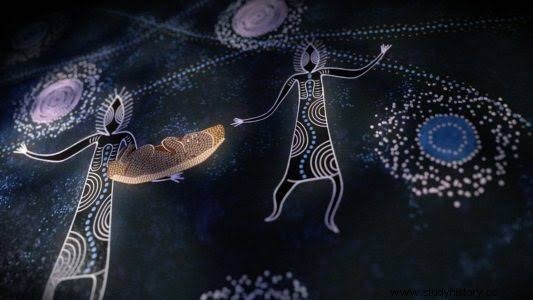
The worldview of Australian Aborigines remains a mystery to the most modern people who interact with them. You can feel the difference from your own point of view as you get to know their philosophies. From their flags to their lifestyle, everything about their expertise is a deep link with their countries. When you present yourself to someone, how do you present yourself?
With your name you can choose to share likes and dislikes and maybe the religion you belong to. When Australian Aborigines introduce themselves, more often than not, they start by telling you about their country. As we discussed above, humans surrounded by the ocean can refer to themselves as sulfur humans. The people who live near reverse marifers even say freshwater people, people with a desert habitat can refer to themselves as the desert people.

Aboriginal concept
Being an Aboriginal Australian is not just about looking different or wearing special ornaments that show their differences. It's more about their whole view of the world itself. The concept of an individual's relationship with his country in modern cultures around the world is completely different from that of the indigenous people. When traveling to Australia, I highly recommend choosing an aboriginal guide.
Not just as a nod to the Australian Aborigines, but to get a chance to see the local attractions from the views of someone so deeply connected to the country as well. You can have a mental image of someone with a gloomy and conservative nature in your mind about the indigenous people. the truth is a little different. They are actually quite practical people, known for having a good sense of humor.

Choosing one as a guide is a great choice for you to find fun things to do in Australia. Characteristic differences between indigenous peoples. Many tourists make the mistake of beating all the indigenous people together. In fact, there are as many categories as they differ in nations or tribes of Australian Aborigines.
Connection to the country
The Australian continent consists of temperate regions, tropical regions and deserts as well. Australian Aboriginal tribes have differentiated themselves according to their country from antiquity. The presence of different landscapes also means different cultures. Some see Australia as a newly emerging country. Often it is because they forget the fact that most people from Australia have been there for more than 10,000 XNUMX years. Long before the colonization of the British monarchy took place.
It was colonized by the British, which can be considered quite recent. But the fact remains that around 350 different types of indigenous tribes in our nation also lived in Australia a few hundred years ago.
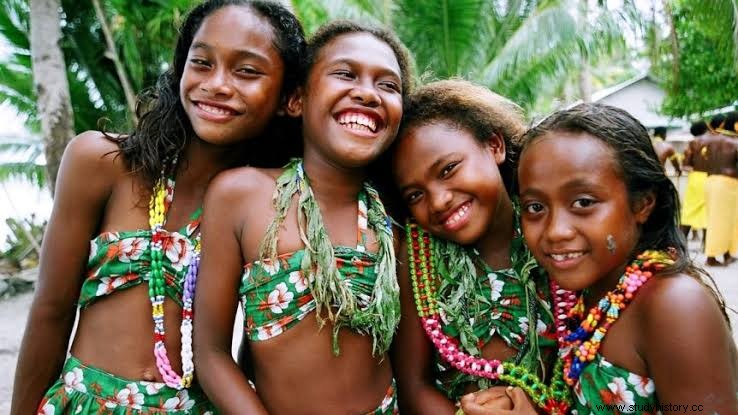
The problem with rounding things up is that the details are ignored. As the detail that most people seem to use Aboriginal as a phrase that lumps together both Australian Aboriginal culture and society as a whole. However, Aboriginal nations are quite different from each other. While mainland Australia as a whole is believed to be an Aboriginal country, the Islander nations (ie Torres Strait Islanders) each have their own type of cultural traditions, worldview and connections to their country.
Difference in worldview
You meet the desert people (a subtype of Australian Aborigines) and get to know another type of worldview that they may share with you. When you interact with the freshwater people, you will learn about the ways they live about their culture, their traditions, and you will understand the stark contrast between the two. When mixing with desert people, the point of view of their culture lifestyle they follow will be another thing to get acquainted with. Well, you can choose to call them all aboriginals. A simple concept for everyone does not mean that they are all the same. Learn to respect their differences.
If you are planning to spend some time in Australia and get to know the different indigenous cultures, traditions, history and their values, I recommend you have an open mind. Also, try to learn to respect their traditions.
Cultures and traditions of the Australian Aborigines
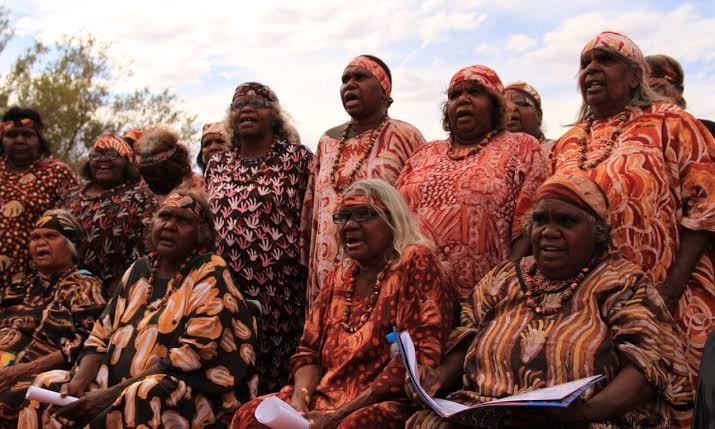
British colonization changed Australia and the rest of the world forever. Everything was quite different. It is said that there were around 350 to 750 different types of indigenous peoples in Australian groups on the continent. Considering that in ancient times these groups kept their distance and preferred to keep to themselves, there were just as many languages, cultures and lifestyles as well.
It is a known fact that without any physically defined boundaries between the two, there was a mutually agreed removal between the islanders of the Strait of Torres and the indigenous people of the mainland of the Australian continent. If you examine the Australian indigenous cultures, you will understand the meaning of a simple pronounced or implied phrase "welcome to the country".
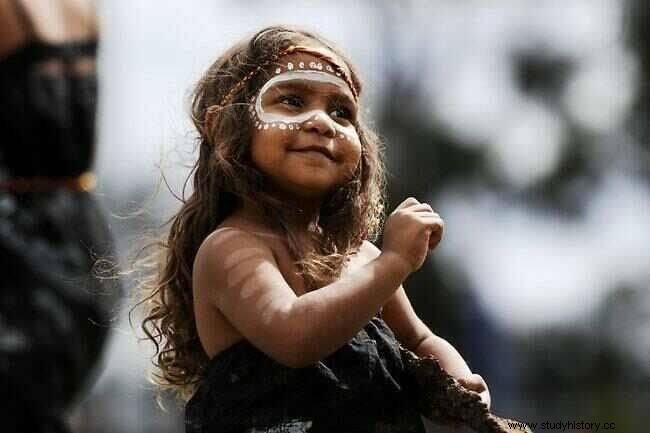
Due to the large number of nations among the Australian Aborigines, there was an implicit tradition in trend. Upon entry into a new region, as long as you are offered a welcome by a local, you are offered safe passage. The welcome can be in a verbal form or with gestures, song or something as simple as an offer of something to share, the result is that you are offered guest rights.
The global influence that colonization brought is a topic of discussion among historians, but it can be said with certainty that it influenced exotic languages and some of the traditions that were in place before that.
Affiliation, marriage and the family
The regular operation of public activity depended on strict compliance with laws and affiliation activity, which was the significant power to control relational behavior. A connection is a grouping of social connections communicated in an organic way of speaking using concepts such as mother, child and so on. All family relationships from Australian Aborigines were classifying, which means that a limited number of terms were used to cover all known individuals. In this way, terms for linear family members, such as dad, refer to security family members, such as dad's siblings. Furthermore, the mother's sisters were considered mothers.
Native Americans had a wide range of families:everyone they interacted with in everyday life was not only arranged and called by a family concept, but the practice between two individuals was relied upon to adapt to what was considered appropriate between families that were so related. . An individual in this way expanded consideration and gave in to almost all relatives in the primary rising age and guaranteed something comparable from all individuals in the age below. In any case, these concepts did not demonstrate the enthusiastic substance of such connections, and the emotional power will undoubtedly be more noticeable between direct relationships.
Authority and social control
Indians had no bosses or other organized basis for social or political control. In various ways, Aboriginal social orders showed both level and populist tendencies, but they were disgusting; a libertarian ethos prevailed, despite the subordinate status of ladies. In any case, there is evidence in certain areas, such as the upper eastern Arnhem Land, Bathurst and Melville Islands, west of the Cape York Peninsula, and among Aranda in central Australia, that solid chiefs resembling the Melanesian "big man" existed and that their transcendence in ceremonial matters extended to the ordinary space.
The Patriarchy of the Australian Indigenous People
Age and gender were the most important factors in separating status and jobs worldwide, and it was in the strictest field that the best separation took place. Women were banned from the center of men's secret sacred ceremonial exercises, and areas of honor were also marked by a careful recognition of young men and grown men as they went through learning rituals. However, the social orders of the Aborigines were "open":there were no friendly barriers to preventing a man from becoming an innovator in strict matters independently.
People from all walks of life became prominent as a result of their knowledge of custom execution and the ability to coordinate or perform customs. Positions of authority, for example in the customs of the Great Sandy Desert, were resolved situationally. That is, the faculty changed as the customs performed changed, with the ultimate goal that most older men embraced such jobs at some point in the lengthy ceremonial procedures. Regardless of the fact that desert ladies were undoubtedly less separated, they had an adapted status order. Ladies received orders from, instead of requests to, men with severe problems everywhere.
